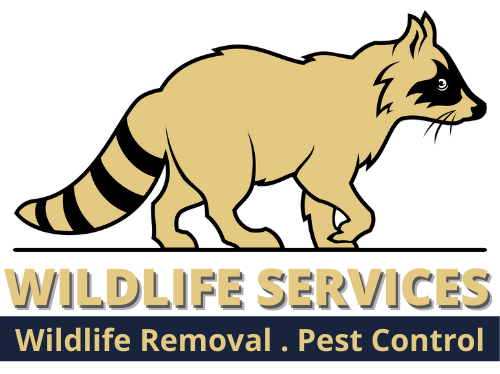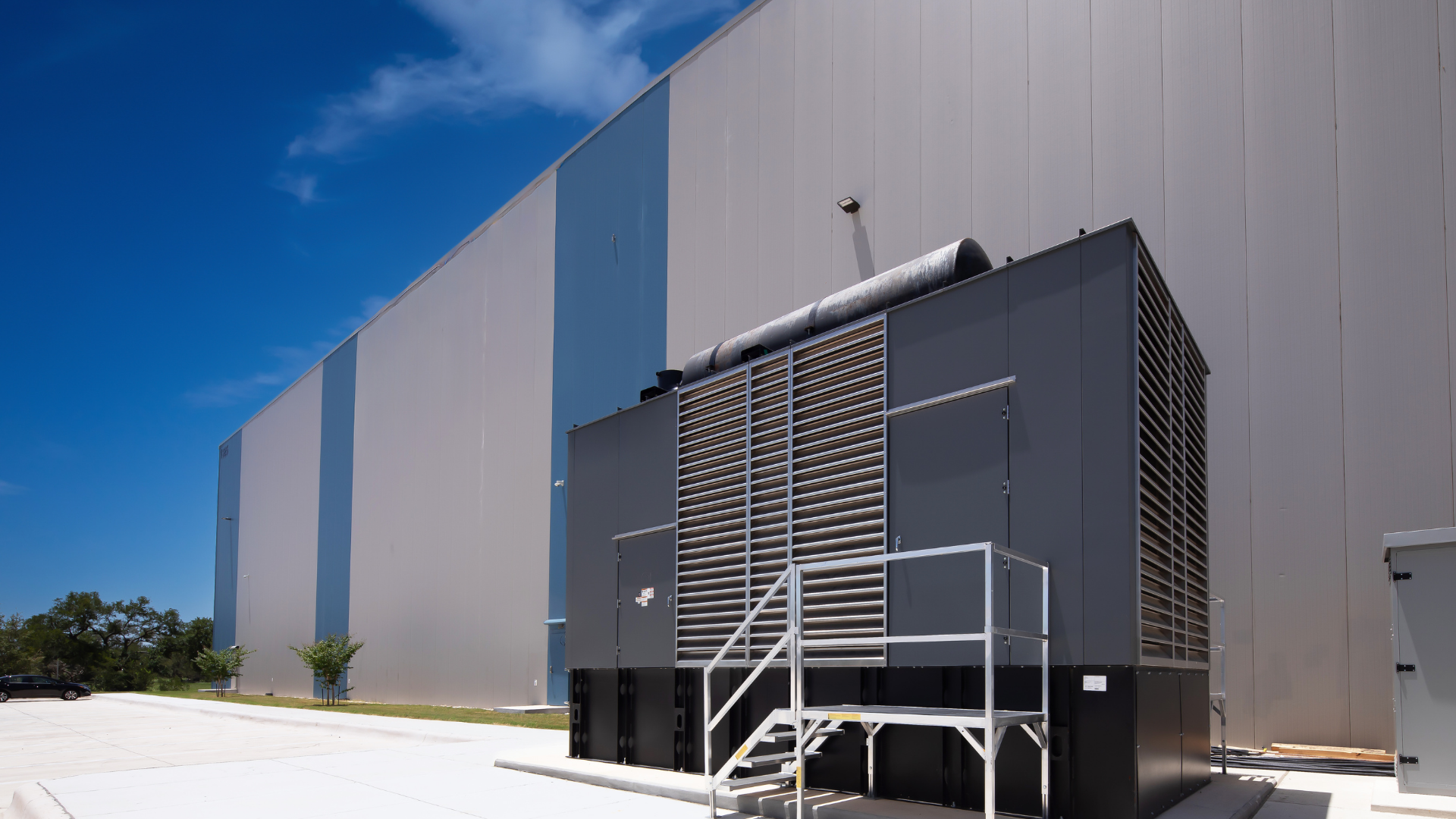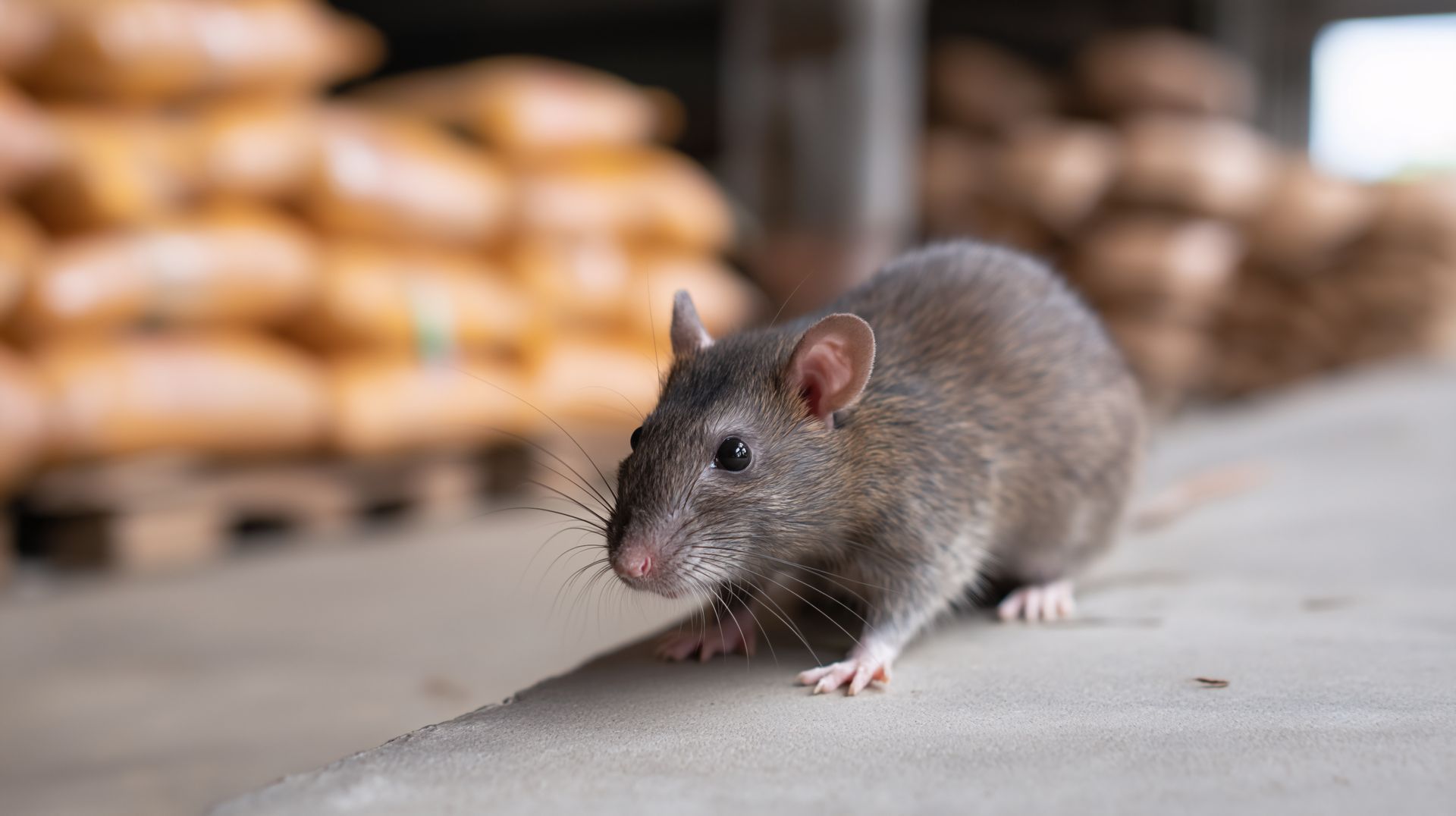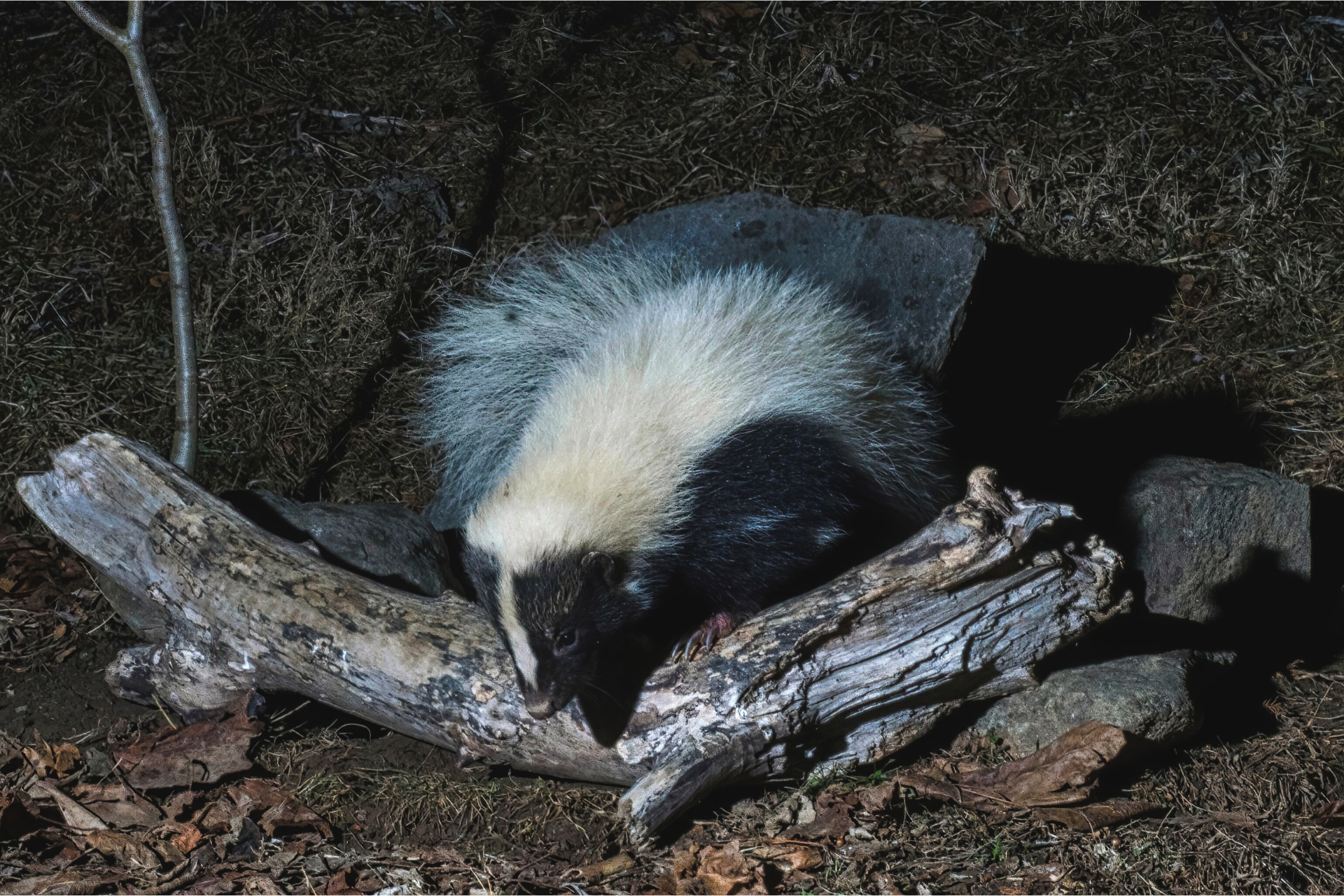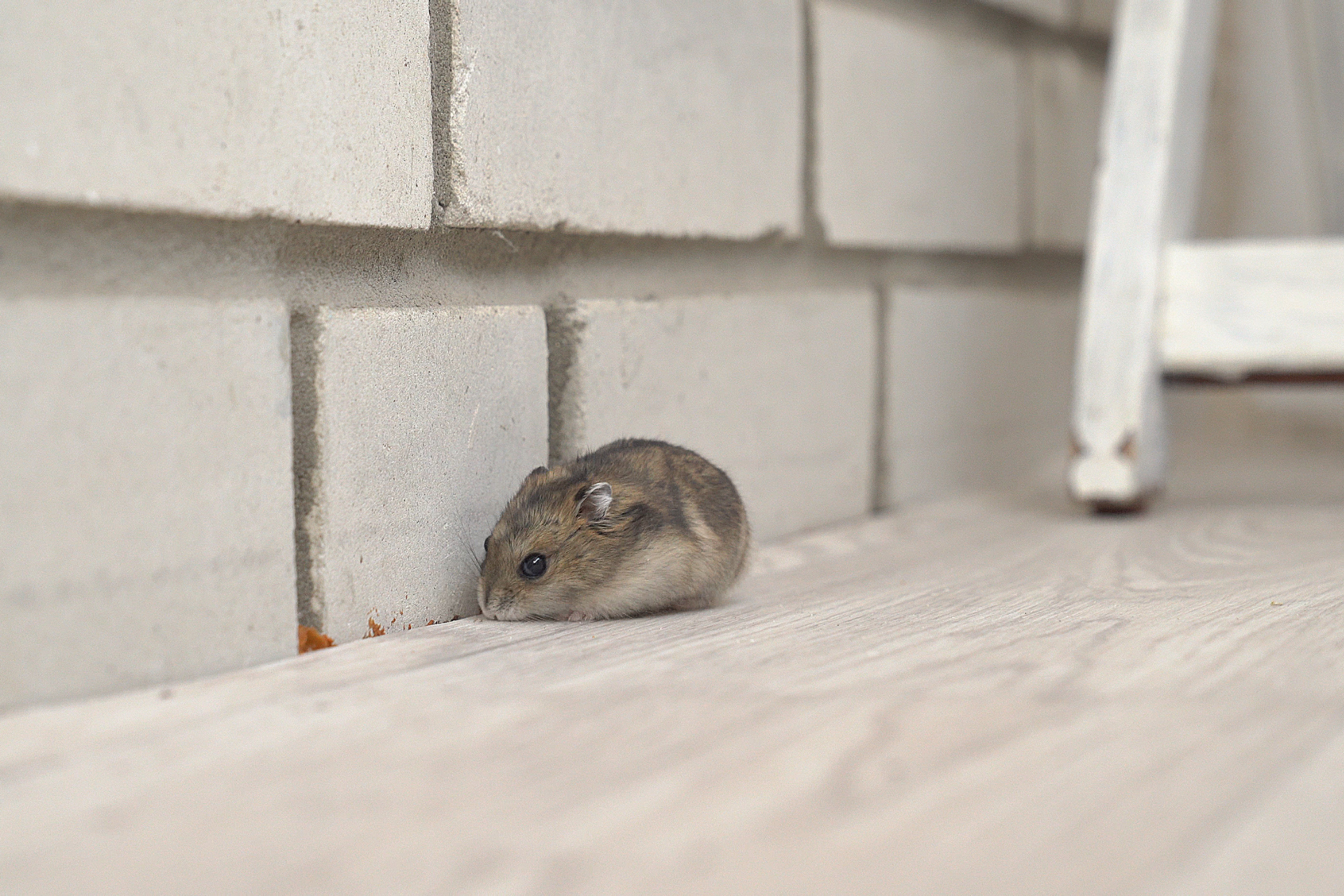Why Repeated Wildlife Infestations Happen
Common Causes Of Recurring Animal Intrusions
When wild animals show up on your property once, it might seem like a fluke. Maybe they were just passing through, looking for shelter or food, and happened to pick your home or yard by chance. But when it keeps happening—when scratching, scurrying, or sightings become a pattern—it’s usually a sign of something deeper going on. Recurring animal intrusions don’t happen randomly. They tend to be the result of specific, ongoing conditions that attract and allow animals to return again and again.
Understanding what’s really drawing them in—and why they keep coming back—is the first step toward long-term resolution. Below, we dig into the primary reasons why homes and properties experience repeat visits from wildlife and what can be done about it.
Unresolved Attractants That Lure Animals In
One of the most common reasons animals return is the presence of attractants—basically, things they want. Food sources are the obvious ones: unsecured trash cans, compost piles, bird feeders, pet food left outside, fallen fruit, or even grills that haven't been properly cleaned can all act like neon signs for raccoons, skunks, opossums, and other scavengers.
Water sources, like dripping hoses, bird baths, or even clogged gutters, can also bring them back, especially in dry seasons. Then there are more subtle lures: the scent trails left behind from a previous intrusion, for example. Many animals have strong senses of smell and can detect these cues even after the original mess has been cleaned up.
What tends to happen is this: the animal finds something it likes, leaves, then returns because it remembers there’s something valuable there. In the meantime, if nothing about the environment has changed—if that trash bin is still easy to access or the pet food continues to be left out overnight—then there’s no reason for the animal not to return. And once one animal figures out a reliable source of food or water, others often follow. That’s how a single visit can turn into an ongoing issue.
Entry Points That Remain Unaddressed
Even if the attractants are removed, many animals will keep trying to get in simply because they’ve already found a way before. And if that entry point remains, they remember it. They’ll keep returning to check whether it’s still accessible.
Holes in siding, gaps in soffits, uncapped chimneys, broken vents, and cracks in foundations might not seem like much at first glance. But for wildlife like squirrels, rats, mice, or bats, they’re basically open doors. Sometimes these openings are created by the animals themselves—like raccoons tearing through a weak spot in the roof. Other times, they’re the result of wear and tear over time that goes unnoticed by homeowners.
It’s not enough to just chase an animal off or block a hole temporarily. Many species are persistent and will attempt to chew or claw their way back through. If the entry point isn’t sealed correctly, using materials strong enough to deter the specific animal, there’s a good chance they’ll return—and succeed.
Plus, some animals, especially rodents, can squeeze through shockingly small spaces. That quarter-sized hole near the attic vent might not look like a big deal, but to a mouse, it’s wide open real estate. Repeat intrusions are incredibly common in situations where people overlook or underestimate just how resourceful these creatures can be.
Nesting Sites That Provide Shelter And Safety
Once an animal has successfully made its way into your property and found a quiet, protected place to nest or den, the stakes change. They’re no longer just visiting—they’re settling in. Attics, crawl spaces, basements, sheds, wall cavities, and even HVAC systems can all become prime nesting sites. The warmth, cover, and relative quiet of these areas create an ideal environment for wildlife to raise their young or ride out extreme weather.
Here’s the problem: even if the animals are removed, if the nesting site remains untouched or only partially cleared, it essentially stays “on the map.” The scent remains. The physical space is still there. And in many cases, if the original animal doesn’t return, another might find it. Skunks might give way to opossums. Squirrels might get replaced by rats. The cycle continues.
In cases where animals gave birth in the space, the chances of recurrence spike. Many species are strongly tied to their birthing sites and will return season after season if they believe the site remains viable. And without thorough cleanup, odor removal, and repairs, the space is practically an open invitation.
Moreover, animals are good at creating hidden tunnels, nests behind insulation, or burrows beneath decks and sheds. These spots aren’t easy to detect without a trained eye, and because they’re out of sight, they often go unaddressed. That’s when you start seeing the same kind of intrusion over and over again—even if it seems like you’ve tried to fix the problem.
Habits And Conditions That Reinforce The Pattern
There’s also the human factor to consider. In many cases, recurring intrusions are tied to routine habits or environmental conditions that unintentionally support the wildlife’s return. For example, a homeowner might secure their trash for a few weeks after an initial incident, then fall back into the habit of leaving bags outside. Or they might repair one hole in the siding but overlook a second one just a few feet away.
Some people are hesitant to remove bird feeders or stop feeding outdoor pets because it feels like a minor act of kindness or convenience. While well-intentioned, these choices can encourage animals to stick around—and tell their friends.
Landscaping plays a role, too. Overgrown shrubs, wood piles, dense vines, and cluttered yards provide cover for animals to travel undetected. And properties near wooded areas, creeks, or parks are especially vulnerable to repeat activity unless very specific measures are taken. Animals aren’t just wandering randomly—they’re navigating familiar territory. They know where the food is, where the shelter is, and where the gaps in defenses are.
So, when the same species—or even the same individual animal—keeps showing up, it’s not necessarily because they’re unusually stubborn. It’s often because the environment keeps offering the same reasons to return.
Stop The Cycle Before It Starts Again
Recurring wildlife intrusions don’t happen by accident. They’re usually a signal that something important hasn’t been fully addressed—whether it’s a lingering attractant, a hidden entry point, or an overlooked nesting site. Even small oversights can result in animals coming back time and again.
At Wildlife Services, we understand how frustrating and stressful it is to deal with the same issue repeatedly. That’s why our approach focuses not just on removing the immediate problem but on uncovering the root causes behind it. Our team thoroughly inspects each property to identify what’s really drawing animals in—and what needs to change to keep them out.
Don’t let animal intrusions become your new normal. If you’ve dealt with them more than once, it’s time to get to the bottom of it.
Contact Wildlife Services today to schedule a full property evaluation. We’ll help you interrupt the cycle and reclaim your space—for good.
